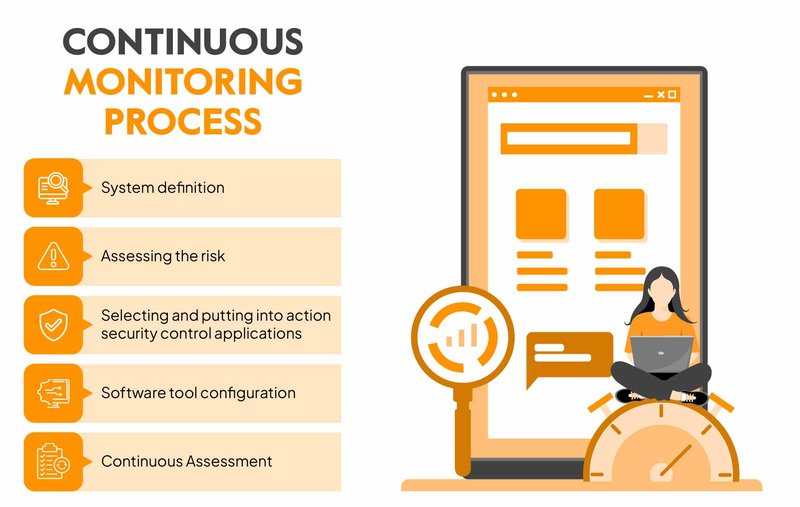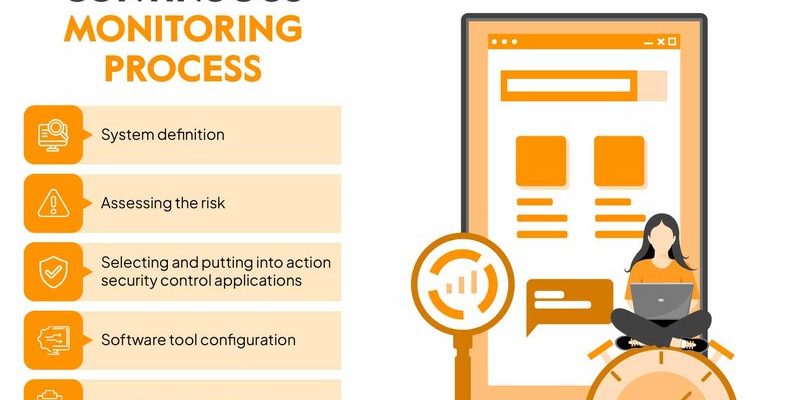
Imagine you’re a detective, but instead of solving a crime, you’re trying to figure out how healthy your soil is by following the clues left behind by earthworms. A soil log is like your notebook, where you can record all sorts of data—from the number of earthworms you find to the conditions of the soil. This process can offer a window into the inner workings of your garden, and it’s easier than you might think. Let’s dive into how you can get started with it!
What Are Soil Logs?
Soil logs are simple records that help you track what’s happening in your garden soil over time. They can capture details like the amount of moisture, temperature, and most importantly, the activity of earthworms. But why should you care about these logs? Well, keeping an eye on the earthworm population can give you insight into the health of your soil.
When you write down your observations, it can be as straightforward as noting the number of earthworms you see in a specific area of your garden. You could even draw a small map showing where you found them! This kind of data can reveal patterns in earthworm activity, helping you understand the effects of the seasons, moisture levels, and soil treatments.
You might be wondering how to set up a soil log. Don’t worry; it’s not complicated! Grab a notebook or your phone, and you’re ready to start.
Why Monitor Earthworm Activity?
Monitoring earthworm activity is pretty impactful, especially if you’re serious about maintaining healthy soil. These little guys play a critical role in nutrient cycling. When they consume organic matter like leaves and dead plants, they break it down into nutrients that plants can use. More earthworms can mean richer soil, which leads to more robust plants.
But here’s the thing: not all soil is treated equally. If you notice a drop in earthworm activity, it might indicate a problem—be it soil compaction, pH levels, or even overuse of chemicals. By tracking these changes over time, you can adjust your gardening practices accordingly.
For example, if your soil log indicates fewer worms after applying certain fertilizers, it might be time to rethink your approach. Less chemical use could actually encourage more earthworm activity, leading to healthier garden soil in the long run.
How to Create a Soil Log
Creating a soil log doesn’t require you to be a scientist—just a little enthusiasm and a pen! Here’s a simple step-by-step guide to get you started:
- Gather Your Materials: You’ll need a notebook, a pen, and maybe a ruler if you want to get fancy with measurements.
- Pick Your Locations: Decide where you want to monitor earthworm activity. This could be different garden beds, flower pots, or even your lawn.
- Set a Schedule: Choose how often you want to check in on your soil. Weekly? Monthly? Consistency is key.
- Record Your Observations: Write down the number of earthworms you find, what the soil looks like, and any other notable observations.
Keeping up with this practice will make it easier to spot trends over time. You might even find yourself looking forward to these little soil check-ups—they can be surprisingly rewarding!
Tips for Monitoring Earthworm Activity
To make your soil logging even more effective, here are a few tips that can help:
- Choose the Right Time: Early morning or after a rain is ideal for finding earthworms since they often come to the surface during moist conditions.
- Look Closely: Earthworms can be sneaky! Check under rocks, in mulch, or in areas where organic matter has piled up.
- Be Gentle: If you find them, handle them with care. They’re delicate and can be easily harmed.
- Mix It Up: Consider exploring different areas and soil types to see how they affect earthworm populations. You might discover some surprising results!
Following these tips can enhance your monitoring and give you a clearer picture of your soil’s health.
Understanding Earthworm Behavior
Just like any living creature, earthworms have their quirks. They’re affected by their environment, so understanding their behavior can help you learn more about your garden. For example, did you know that earthworms prefer slightly moist, rich soil? If your soil is too dry, you might not see many worms.
Here’s where your soil log comes in handy. By recording changes in soil moisture alongside earthworm activity, you can begin to see patterns. For instance, if your data shows that earthworms thrive after rainfall but dwindle in dry spells, you can adjust your watering practices to better support them.
Additionally, different species of earthworms have different habits. Some species may prefer certain soil types or depths. By noting what you find, you might figure out which type of earthworms flourish in your garden, further aiding your gardening strategies.
Using Soil Logs to Improve Garden Health
Your soil log isn’t just a collection of numbers; it’s a powerful tool for improving garden health. Once you start tracking earthworm activity, you’ll have data to back up your gardening decisions. For example, if you consistently see fewer earthworms in an area, that could point to soil that needs more organic material or less chemical intervention.
You could also use your findings to experiment with different gardening methods. Maybe you’ve been curious about going organic. If your soil log shows a positive trend in earthworm activity after you cut back on chemicals, that could be a solid indicator that your garden prefers the organic route.
Here’s a little motivation: Every time you see your soil thriving and your plants flourishing, you’ll know it’s thanks to those hard-working earthworms and your diligent monitoring!
The Future of Soil Monitoring
As technology evolves, so does our ability to monitor soil health. While traditional soil logs are fantastic, there are now digital options that can take things a step further. Soil sensors can provide real-time data on moisture, temperature, and even nutrient levels!
If you like the idea of combining tech with your gardening, consider using apps or devices that sync up with your soil monitoring efforts. These tools can complement your soil log by adding layers of data, enhancing your understanding of what’s going on underground.
Regardless of how high-tech you go, the core principle remains the same: keeping a close eye on your garden’s health leads to better growing conditions.
In closing, keeping track of earthworm activity with soil logs not only enhances your gardening skills but also contributes to a healthier ecosystem. So grab that notebook, start recording, and enjoy the journey of nurturing your little patch of earth!

